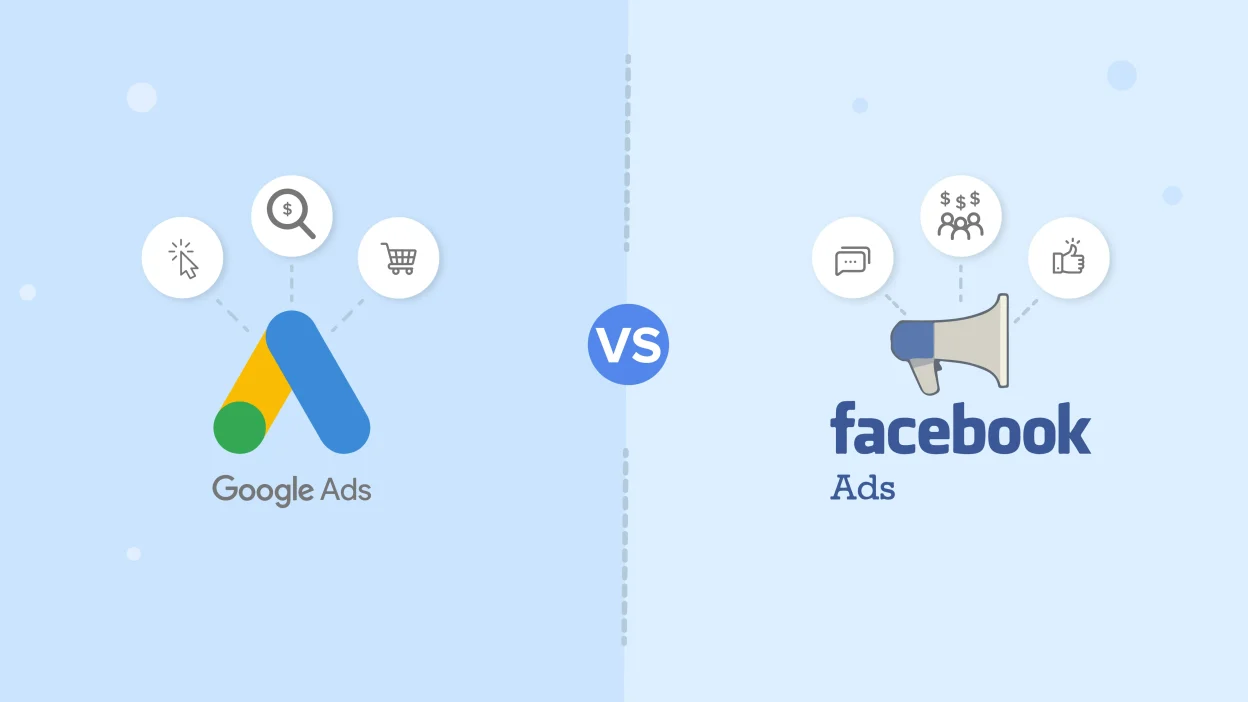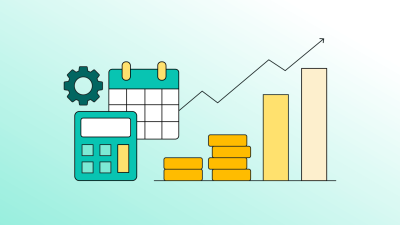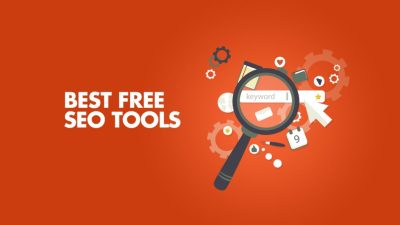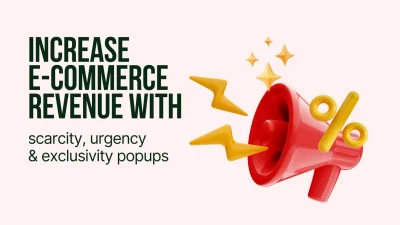Introduction
In the digital marketing world, two platforms dominate the paid advertising landscape: Google Ads vs Facebook Ads. Both offer powerful tools to reach your target audience, drive traffic, and generate leads. But which one is better for your business?
The answer isn’t one-size-fits-all. It depends on your goals, audience, budget, and industry. In this blog, we’ll break down the strengths, weaknesses, and use cases of each platform to help you make an informed decision.
Understanding the Platforms
What Is Google Ads?
Google Ads is a search-based advertising platform that allows businesses to display ads on Google’s search engine results pages (SERPs), YouTube, and across the Google Display Network.
Key Features:
- Keyword targeting
- Text, display, video, and shopping ads
- Pay-per-click (PPC) model
- Intent-driven targeting
What Is Facebook Ads?
Facebook Ads is a social media advertising platform that lets businesses promote content across Facebook, Instagram, Messenger, and the Audience Network.
Key Features:
- Audience targeting based on demographics, interests, and behaviors
- Visual ad formats (images, videos, carousels)
- Retargeting and lookalike audiences
- Engagement-driven targeting
Audience Targeting: Intent vs Interest
Google Ads: Intent-Based Targeting
Google Ads targets users based on search intent. When someone types “best CRM software for small business,” they’re actively looking for a solution. This makes Google Ads ideal for capturing high-intent leads.
Pros:
- Reaches users ready to buy
- Effective for bottom-of-funnel campaigns
- High conversion potential
Cons:
- Competitive keywords can be expensive
- Limited creative flexibility
Facebook Ads: Interest-Based Targeting
Facebook Ads target users based on interests, behaviors, and demographics. You can reach people who may not be actively searching but fit your ideal customer profile.
Pros:
- Great for brand awareness and top-of-funnel campaigns
- Highly visual and engaging
- Advanced audience segmentation
Cons:
- Lower purchase intent
- Requires nurturing and retargeting
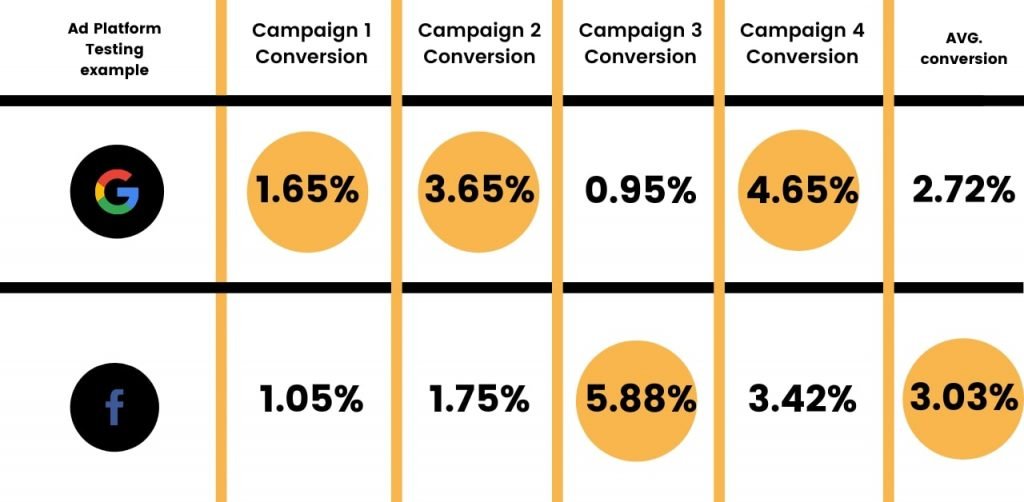
Ad Formats and Creative Flexibility
Google Ads Formats:
- Search Ads: Text-based ads on SERPs
- Display Ads: Banner ads across websites
- Shopping Ads: Product listings with images and prices
- Video Ads: YouTube placements
Best For: Direct response, product searches, service inquiries
Facebook Ads Formats:
- Image Ads
- Video Ads
- Carousel Ads
- Collection Ads
- Stories and Reels Ads
Best For: Storytelling, brand building, visual engagement
Cost Comparison
Google Ads Costs
Google Ads uses a CPC (cost-per-click) model. Costs vary based on keyword competition, industry, and location.
Average CPC:
- Legal: $6–$10+
- Finance: $3–$5
- E-commerce: $1–$2
Pros:
- Pay only when someone clicks
- High ROI for transactional keywords
Cons:
- Can be expensive for competitive niches
Facebook Ads Costs
Facebook Ads use a CPM (cost-per-thousand impressions) or CPC model. Costs depend on audience size, ad quality, and bidding strategy.
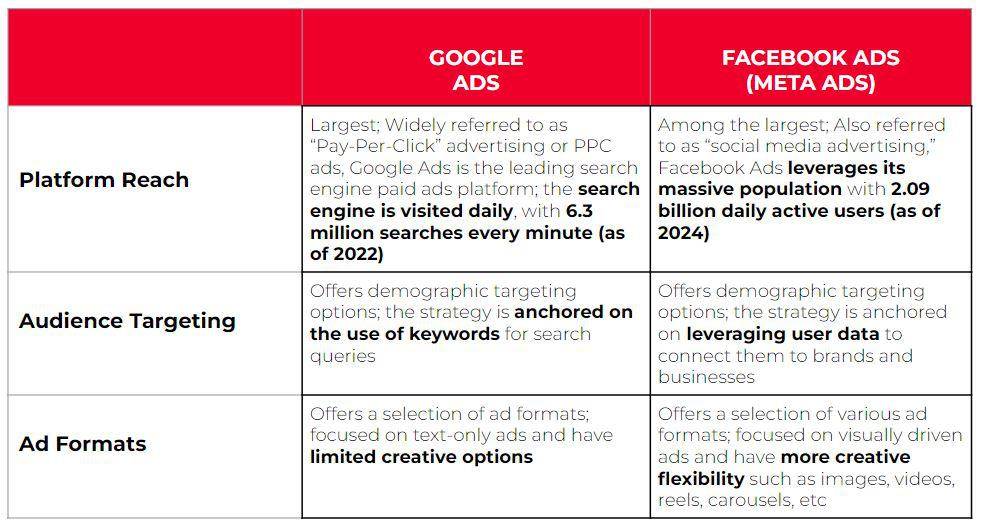
Average CPC:
- $0.50–$2.00
Pros:
- Lower cost per click
- Affordable for small businesses
Cons:
- May require multiple touchpoints to convert
Conversion Rates and ROI
Google Ads Conversion Rates
Google Ads typically have higher conversion rates due to user intent.
Average Conversion Rate: 3–5%
Best For:
- Lead generation
- E-commerce
- Local services
Facebook Ads Conversion Rates
Facebook Ads often have lower initial conversion rates but excel in retargeting and nurturing.
Average Conversion Rate: 1–2%
Best For:
- Brand awareness
- Funnel building
- Content promotion
Use Cases: When to Use Each Platform

Google Ads If:
- You want to capture high-intent traffic
- You sell products or services people search for
- You need immediate results
- You have a strong landing page strategy
Use Facebook Ads If:
- You want to build brand awareness
- You have visually appealing products
- You’re targeting niche audiences
- You want to retarget website visitors
Combining Google Ads and Facebook Ads
Many businesses find success by using both platforms together.
Funnel Strategy:
- Top of Funnel: Facebook Ads for awareness
- Middle of Funnel: Retargeting with Facebook and Google Display
- Bottom of Funnel: Google Search Ads for conversions
Benefits:
- Full-funnel coverage
- Increased brand touchpoints
- Better ROI through retargeting
Real-World Examples
1: SaaS Company
- Google Ads: Target keywords like “best project management software”
- Facebook Ads: Promote explainer videos and case studies
2: E-commerce Brand
- Google Ads: Run Shopping Ads for product searches
- Facebook Ads: Use carousel ads to showcase collections
3: Local Service Provider
- Google Ads: Target “plumber near me”
- Facebook Ads: Share testimonials and seasonal offers
Analytics and Optimization
Google Ads Tools:
- Google Analytics
- Conversion Tracking
- Keyword Planner
- A/B Testing
Facebook Ads Tools:
- Meta Ads Manager
- Pixel Tracking
- Audience Insights
- Creative Testing
Tip: Always monitor performance and optimize based on data. Test different creatives, audiences, and bidding strategies.
Common Mistakes to Avoid
- Ignoring audience intent: Match your message to the platform.
- Poor landing pages: Don’t waste clicks on weak pages.
- No retargeting: Follow up with interested users.
- Overlapping audiences: Avoid ad fatigue.
- Neglecting mobile optimization: Most users are on mobile.
Conclusion
So, which is better—Google Ads or Facebook Ads?
The truth is, both platforms have their strengths. Google Ads is ideal for capturing high-intent leads, while Facebook Ads excel at building awareness and nurturing relationships. The best choice depends on your business goals, audience, and budget.
For most businesses, a hybrid strategy works best. Use Google Ads to drive conversions and Facebook Ads to build brand equity and retarget users. With the right approach, you can maximize ROI and grow your business faster.

